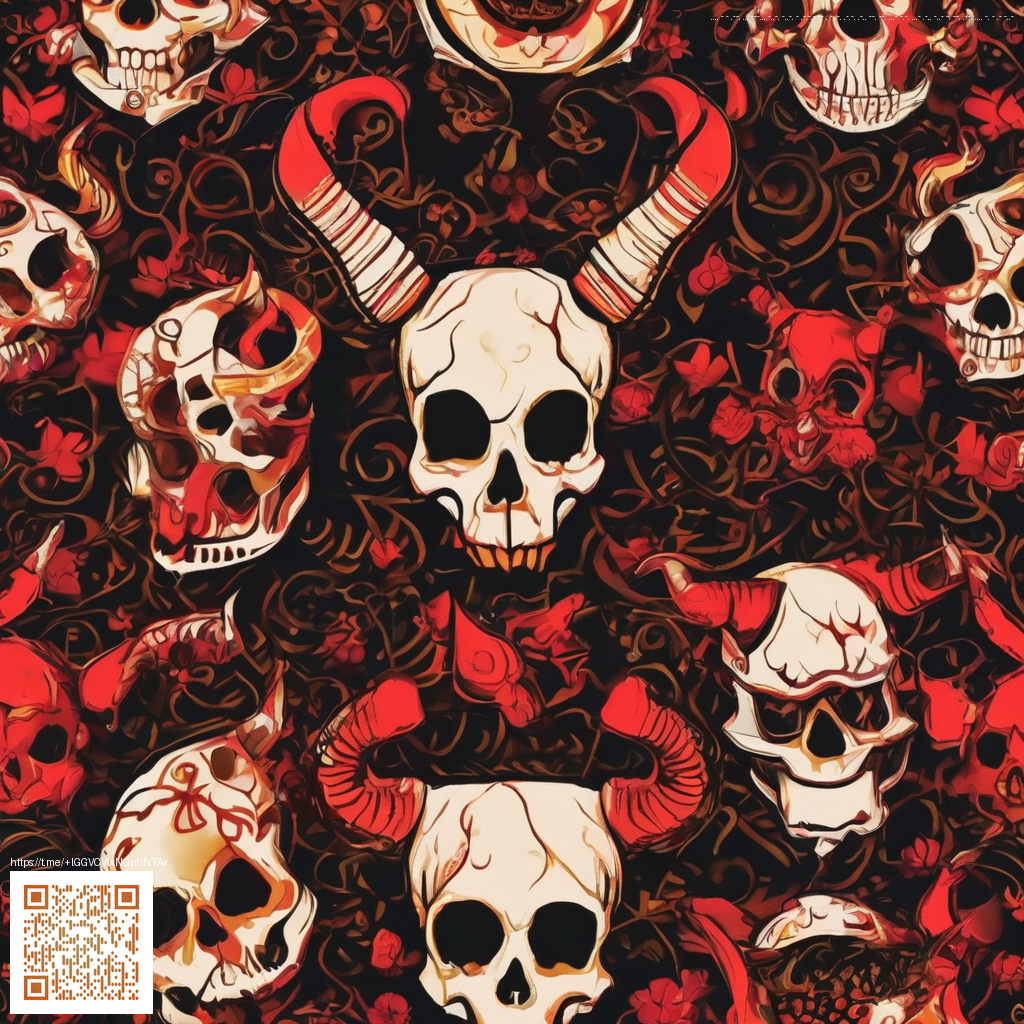
Streamlining Campaign Design with Canva Templates
Marketing teams move fast, and the last thing you want is to reinvent the wheel for every new campaign. The right Canva templates act as a foundation—preserving brand standards while enabling quick customization by team members with different roles. When templates are designed thoughtfully, you can maintain consistency across social posts, email headers, ad creatives, and landing pages without slowing down the creative process.
How to build a scalable template library
Start by auditing your current assets. Identify which designs are reused most often and where bottlenecks tend to appear—late approvals, inconsistent typography, or mismatched color palettes. From there, establish a template taxonomy that aligns with your campaigns: social, email, paid media, events, and internal comms. Each category should have a core master template plus a few variations for different channels.
- Brand Kit as the single source of truth. Store approved fonts, color codes, logos, and imagery guidelines so every template pulls from the same settings.
- Master templates with fillable placeholders. Create core designs (e.g., a social post, an email hero, and a display ad) and leave placeholders for headlines, CTAs, and imagery that teammates can swap in seconds.
- Defined naming conventions. A consistent file naming system makes it easy to locate templates and track versions across teams.
- Templates with smart elements. Use Canva’s components and grids to ensure elements snap into place, preserving alignment and balance even when content shifts.
- Accessibility and alt text. Include copy blocks for accessibility so teams can adapt templates for different audiences without breaking the layout.
For teams that run workshops or on-site sessions, a simple branded perk can boost engagement. For example, a Neon Phone Case with Card Holder (MagSafe) makes a practical, eye-catching giveaway that travels well and keeps devices ready for quick content capture. It’s a small touch, but it reinforces the value of consistency and preparedness in every marketing touchpoint.
“A well-constructed template is the fastest path from concept to publishable asset.”
Collaborative workflows that scale
Templates shine when paired with smart collaboration. Canva for Teams enables real-time collaboration, commenting, and role-based permissions, so designers, copywriters, and project managers can contribute without stepping on each other’s toes. Establish clear responsibilities for template owners, set review cycles, and create a lightweight change-log within the template library. This reduces back-and-forth and accelerates approvals.
- Assign ownership. Each template should have a designated owner responsible for updates, brand alignment, and accessibility checks.
- Use shared folders and version history. Keep a clean archive of past iterations and ensure everyone works from the latest version.
- Embed guardrails in the templates. Lock key elements (logos, color swatches, safe text zones) while leaving editable blocks for content.
- Document usage guidelines. A short, scannable guide embedded with the template helps new teammates get up to speed quickly.
If your team references external resources during design reviews, you can direct them to pragmatic examples on a resource page such as this one: this guide. It offers practical tips for aligning campaigns with your Canva workflow and brand rules, without getting lost in a maze of files.
Practical checklist for launching your template library
- Define a minimum viable library: copy blocks for headlines, body text, and calls-to-action that fit multiple channels.
- Standardize image placeholders and local image folders to ensure consistent visuals.
- Create channel-specific variations (e.g., square for social, landscape for web banners) within the same template family.
- Set up a simple approval template where copy teams can drop in proposed text and get a green light from brand leads.
- Schedule quarterly audits to retire outdated assets and refresh color palettes or fonts if needed.
As you roll out these templates, you’ll notice a ripple effect across campaigns: faster turnarounds, fewer revisions, and clearer collaboration. The key is to start with a few strong master templates, then broaden your library as teams gain confidence and identify new reusable patterns.